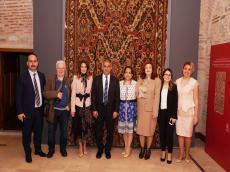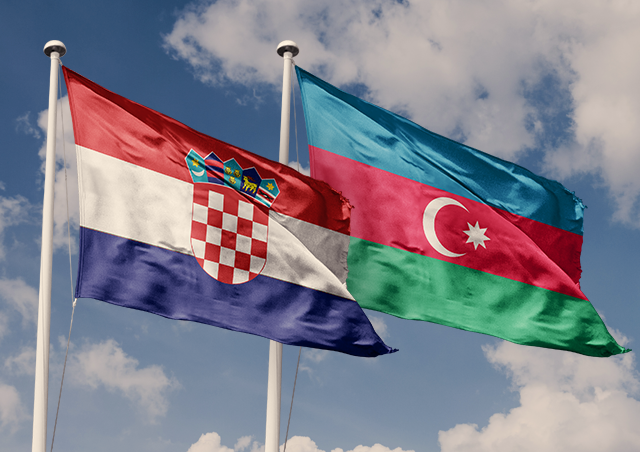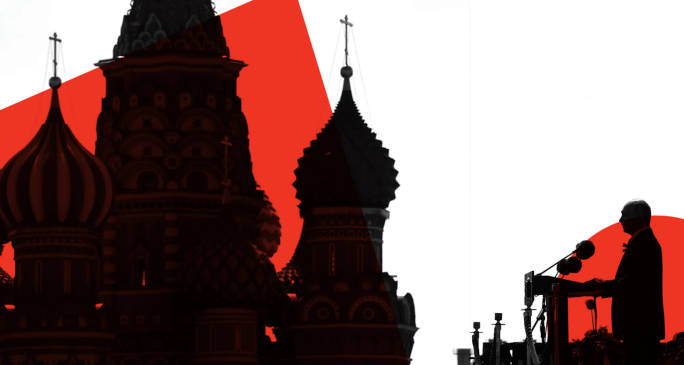|
|
TODAY.AZ / Arts & Entertainment
Azerbaijani carpet weaving art highlighted in Turkey
17 March 2020 [14:59] - TODAY.AZ

By Azernews
By Laman Ismayilova
Azerbaijani carpets have been showcased at Turkish and Islamic Arts Museum.
Initiated by Azerbaijan National Carpet Museum, the exhibition aims to conduct research on the scientific attribution of Azerbaijani carpets, stored in the museum's collection.
The event is the first project implemented jointly by museums of the two countries.
In their remarks, the directors of the museums Shirin Melikova and Serajeddin Shahin as well as the deputy director of Istanbul culture and tourism directorate Mumin Yildiztash stressed the project's importance in cultural life of both countries.
They also noted that the event was timed to the 53rd anniversary of Azerbaijan National Carpet Museum and the 10th anniversary of the inclusion of Azerbaijani carpet weaving in UNESCO Intangible Heritage List.
Museum directors then presented each other prints issued by their museums over the past few years.
The exhibition was co-organized by the Turkish Ministry of Culture and Tourism, Azerbaijan Cultural Ministry, National Carpet Museum and Turkish and Islamic Arts Museum as of the "State Program for the Preservation and Development of Carpet Art in Azerbaijan for 2018–2022". The exhibition will last until June 13.
Unique Azerbaijani carpets are well-known all over the world for their quality and high artistic value. Besides, amazing and fantastic carpets of Azerbaijan represent a real mystery, leading one inside the fairy tales full of majestic feelings.
The Land of Fire has seven carpet producing regions including Baku, Shirvan, Guba, Tabriz, Karabakh, Ganja and Gazakh and each of them has their own technology, typical patterns and colors.
Colorful Karabakh carpets, which are classified in four groups, represent a fabulous symphony of the most delicate shades of the amazing Karabakh nature.
Karabakh carpets still retain their glory, featuring in many prestigious international auctions, estimated at tens of thousands of dollars. Samples of the Karabakh carpet weaving as cultural heritage of Azerbaijan, kept in major museums, including the Louvre, Hermitage, and adorn the Vatican and the White House.
/t_tuacsa1.jpg)
/t_tuacsa10.jpg)
/t_tuacsa11.jpg)
/t_tuacsa12.jpg)
/t_tuacsa13.jpg)
/t_tuacsa14.jpg)
/t_tuacsa15.jpg)
/t_tuacsa16.jpg)
/t_tuacsa18.jpg)
/t_tuacsa19.jpg)
/t_tuacsa2.jpg)
/t_tuacsa20.jpg)
/t_tuacsa3.jpg)
/t_tuacsa4.jpg)
/t_tuacsa5.jpg)
/t_tuacsa6.jpg)
/t_tuacsa7.jpg)
/t_tuacsa8.jpg)
/t_tuacsa9.jpg)
URL: http://www.today.az/news/entertainment/192099.html
 Print version
Print version
Connect with us. Get latest news and updates.
See Also
- 30 June 2025 [15:28]
Reza Deghati's photo exhibition held in Paris - 30 June 2025 [13:59]
Classical music concert held as part of Baku Piano Festival 2025 - 30 June 2025 [11:38]
Opera Days continues to bestow audience with musical revelations - 30 June 2025 [10:19]
Khatai Arts Center opens exhibition timed to Armed Forces Day - 29 June 2025 [21:38]
AC/DC plug in extra stadium dates for Australia’s Power-Hungry fans - 29 June 2025 [21:17]
BTS’ Suga donates 5b won to set up autism treatment center - 29 June 2025 [20:35]
G-Dragon and BLACKPINK’s Rosé make surprise appearance at Psy’s 'Summer Swag 2025’ concert - 29 June 2025 [19:15]
National Library opens exhibition dedicated to Professor Panah Khalilov - 29 June 2025 [18:00]
Azerbaijan, Croatia committed to strengthening cultural partnership - 27 June 2025 [10:43]
Vienna hosts gathering of Azerbaijan’s global cultural centers
Most Popular
 Azerbaijani Ombudsman calls on Russian authorities regarding brutal killing of Azerbaijani citizens in Yekaterinburg
Azerbaijani Ombudsman calls on Russian authorities regarding brutal killing of Azerbaijani citizens in Yekaterinburg
 Biased policy is being carried out against Azerbaijan - MP on events in Russia
Biased policy is being carried out against Azerbaijan - MP on events in Russia
 Azerbaijan, Croatia committed to strengthening cultural partnership
Azerbaijan, Croatia committed to strengthening cultural partnership
 Number of Azerbaijanis detained in Yekaterinburg reaches six [UPDATE]
Number of Azerbaijanis detained in Yekaterinburg reaches six [UPDATE]
 Cultural events related to Russia scheduled to take place in Azerbaijan canceled
Cultural events related to Russia scheduled to take place in Azerbaijan canceled
 Kremlin’s shadow: Russian chauvinism and renewed offensive against non-Slavic nations [ANALYSIS]
Kremlin’s shadow: Russian chauvinism and renewed offensive against non-Slavic nations [ANALYSIS]
 England beat Germany in final to retain U21 European Championship title
England beat Germany in final to retain U21 European Championship title
